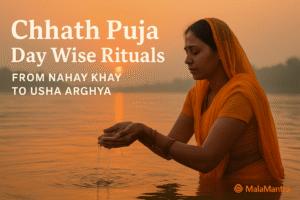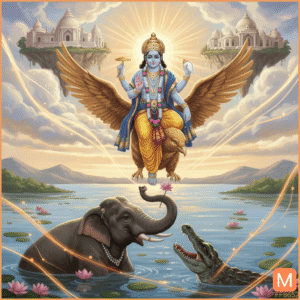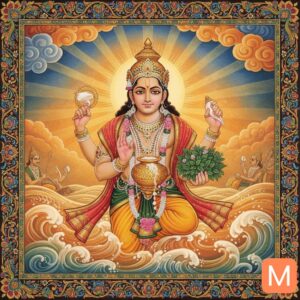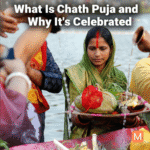Chhath Puja is one of the most ancient and powerful Hindu festivals dedicated to Surya Dev (the Sun God) and Chhathi Maiya. It is mainly celebrated in Bihar, Jharkhand, Uttar Pradesh, and Nepal, but today, its devotion and beauty have spread across India and even to countries like the USA, UK, and Mauritius.
Chhath Puja is a festival of faith, purity, and gratitude—a time when devotees thank the Sun God for sustaining life on Earth and pray for health, happiness, and prosperity.
🌞 The Story Behind Chhath Puja (Mythological Significance)
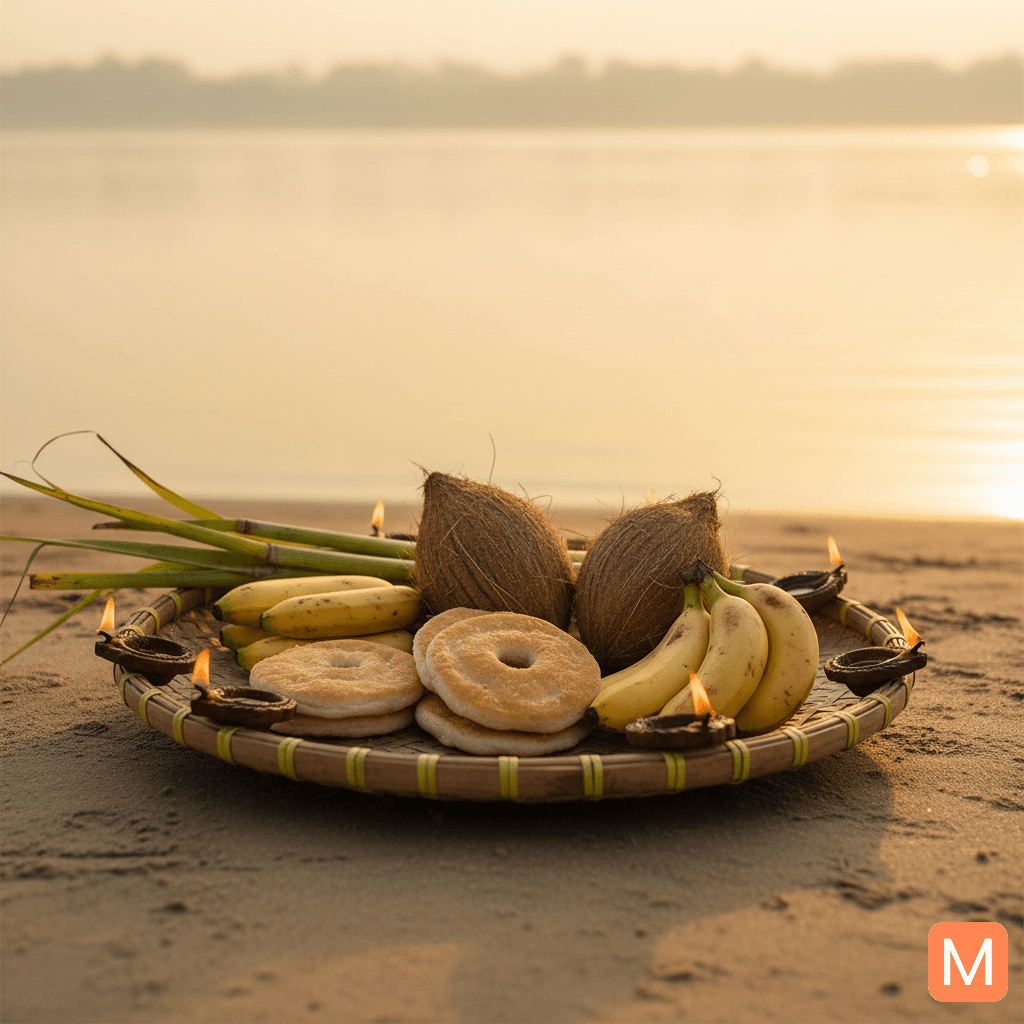
The word Chhath means “six,” referring to the sixth day of Kartik Shukla Paksha—six days after Diwali. Several mythological stories explain why Chhath Puja is celebrated:
-
Karna’s Devotion: According to ancient belief, Karna, the son of Surya Dev and Kunti, was the first to perform Chhath Puja. He stood in water and worshipped the Sun to gain strength and success.
-
Lord Rama and Sita: After returning to Ayodhya from exile, Lord Rama and Sita observed a fast and offered arghya to the Sun on the sixth day of Kartik month—thus starting the tradition of Chhath Puja.
-
Chhathi Maiya: She is believed to be the sister of Surya Dev and the goddess who blesses children and protects families. Devotees pray to her for fertility, well-being, and prosperity.
These stories highlight that Chhath Puja is not just a ritual—it is a spiritual discipline of self-purification and devotion.
✨ Spiritual and Scientific Importance
Chhath Puja is unique because it combines spiritual belief with scientific value.
-
The Sun is considered the ultimate source of energy. Offering water (arghya) helps the body absorb solar energy, promoting detoxification and inner balance.
-
Fasting and bathing in holy rivers help in physical cleansing and mental peace.
-
The rituals promote discipline, gratitude, and respect for nature, symbolizing harmony between human and environment.
📅 When Is Chhath Puja Celebrated (Date & Timing 2025)
In 2025, Chhath Puja will be celebrated from October 26 to October 29 (tentative).
It starts after Diwali, during Kartik Shukla Paksha, and continues for four days. Each day holds deep spiritual meaning and strict rituals.
🙏 Step-by-Step 4 Days Rituals of Chhath Puja
1. Nahay Khay (Day 1)
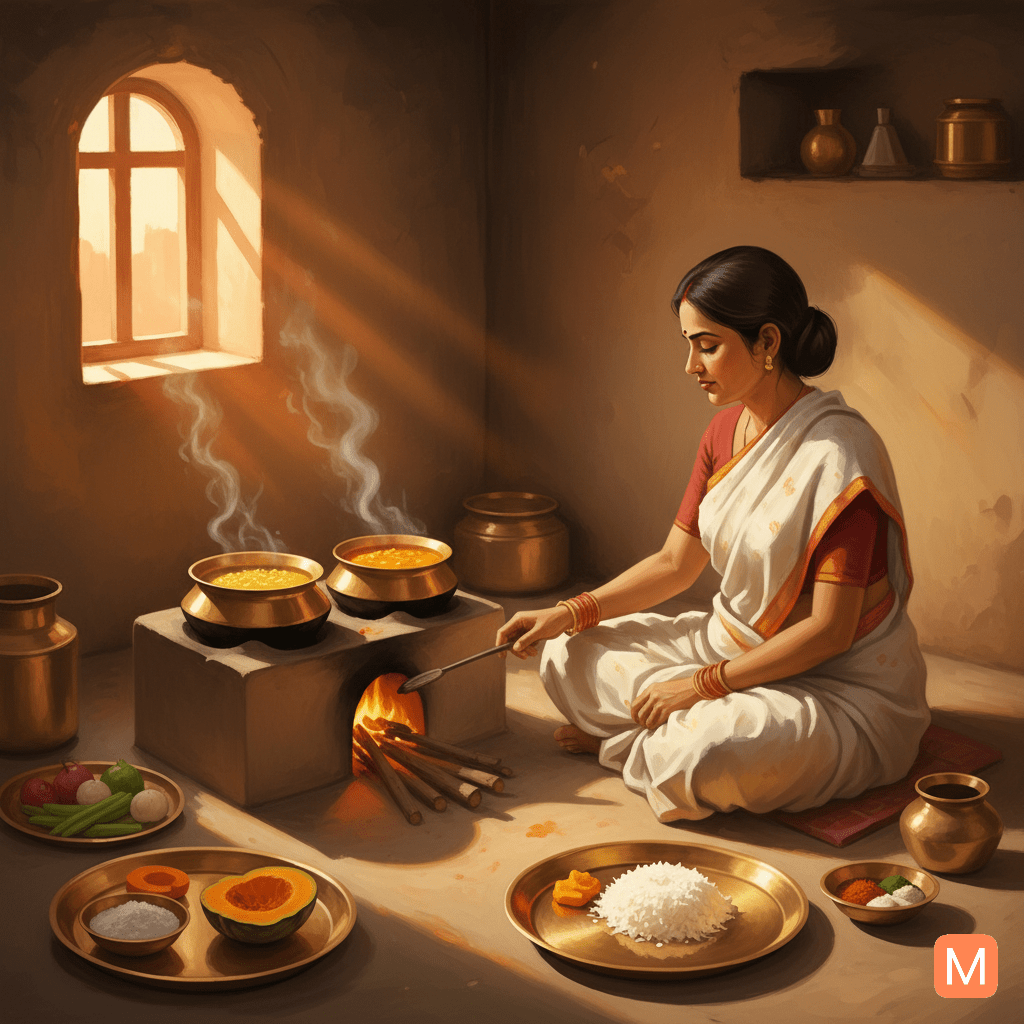
Devotees take a holy bath in rivers or ponds and prepare sattvik food like chana dal, rice, and pumpkin sabzi cooked in a pure clay pot. This marks the beginning of purification.
2. Kharna (Day 2)
On this day, devotees fast from sunrise to sunset. After sunset, they prepare gur (jaggery) kheer and roti and break their fast after offering food to the Moon. From this moment, they begin a 36-hour nirjala fast (without water).
3. Sandhya Arghya (Day 3)
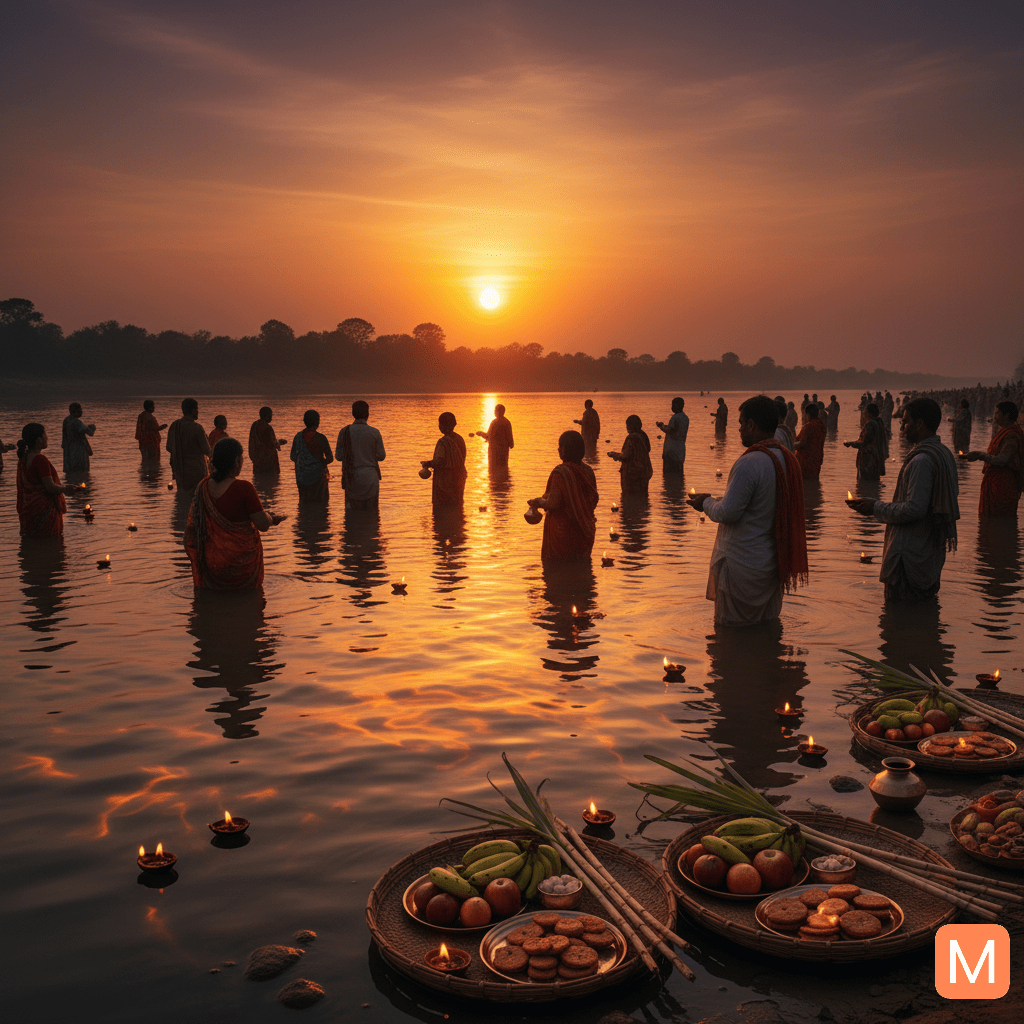
In the evening, devotees gather on riverbanks to offer arghya (water offerings) to the setting Sun. They pray for gratitude and blessings, accompanied by folk songs and traditional soops filled with fruits and thekua (sweet offerings).
4. Usha Arghya (Day 4)
On the final morning, before sunrise, devotees offer arghya to the rising Sun (Usha Arghya) and pray for the health and prosperity of their families. After this, they break their fast, marking the completion of Chhath Puja.
🌺 Beliefs and Symbolism of Chhath Puja
-
Chhath Puja is believed to bring peace, prosperity, and happiness.
-
Devotees believe Chhathi Maiya blesses couples with children and protects families from harm.
-
The rituals reflect self-control, purity, and simplicity, reminding devotees to live in harmony with nature.
🌍 Regional and Global Celebrations
Chhath Puja is celebrated with grandeur in Bihar, Uttar Pradesh, Jharkhand, and Nepal, especially on the banks of the Ganga and Yamuna.
Today, NRIs in London, New York, and Dubai also organize community Chhath events near lakes or rivers, showing how this ancient festival has crossed oceans while keeping its spiritual roots alive.
🎵 Cultural Beauty of Chhath Songs and Offerings
The soul of Chhath Puja lies in its folk songs, soops, diyas, and prasad.
-
Women sing Chhath geet in Bhojpuri and Maithili, creating an emotional, devotional atmosphere.
-
Offerings include thekua, fruits, sugarcane, and coconuts—all symbols of purity and abundance.
-
Every household glows with diyas and the fragrance of devotion fills the air.
🌅 Conclusion
Chhath Puja is not just a festival—it is a spiritual journey of discipline, gratitude, and devotion. It reminds us that the Sun, nature, and divine energy sustain our life every day.
As more people learn about its meaning, Chhath Puja continues to inspire the world with its message of faith, simplicity, and ecological balance.


